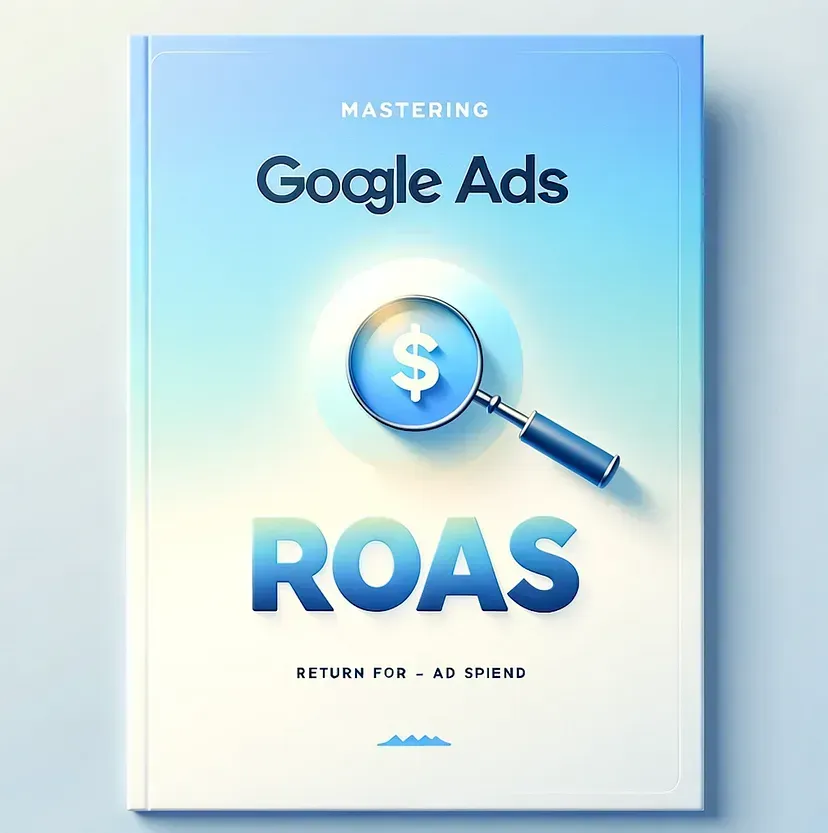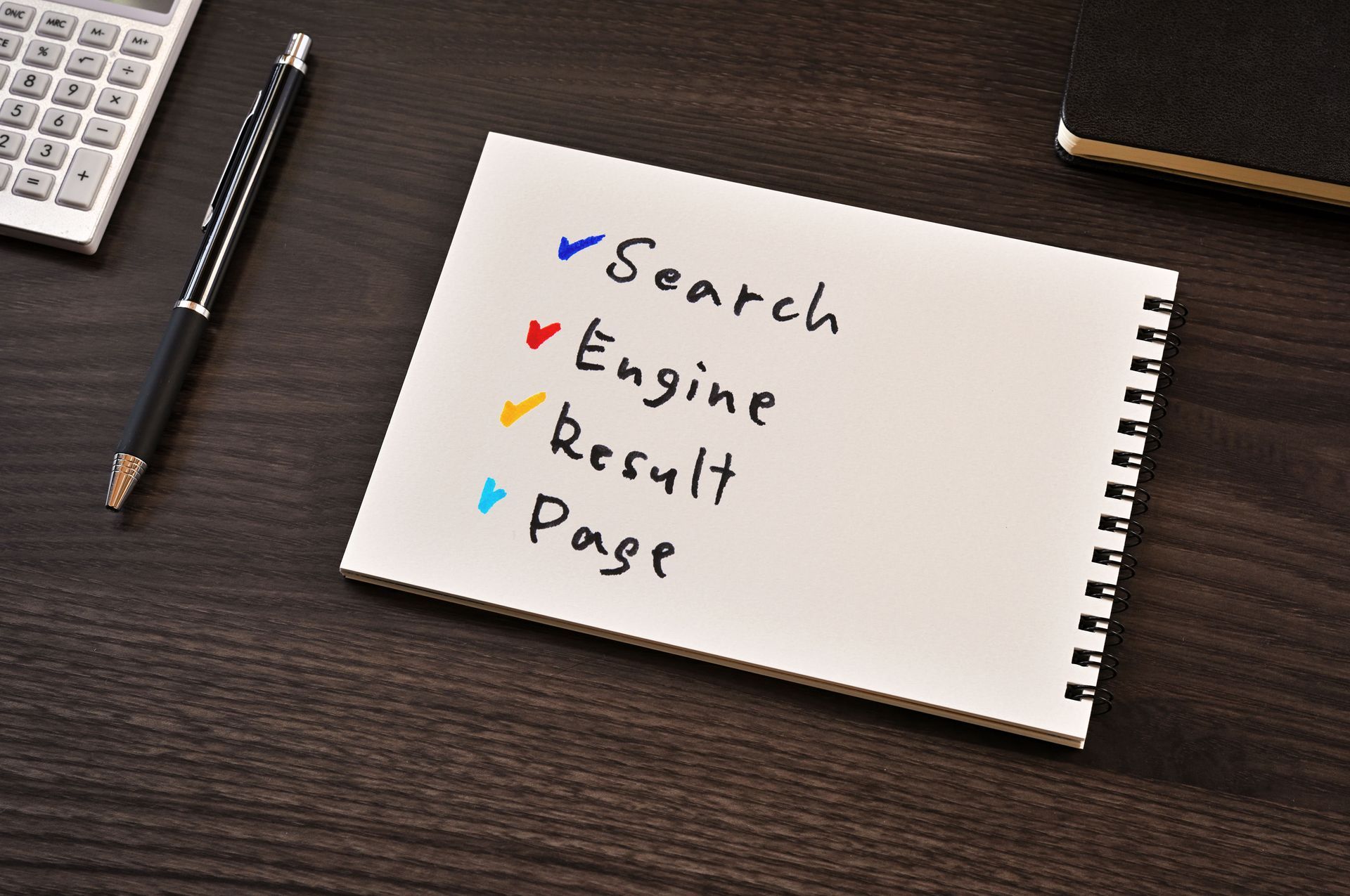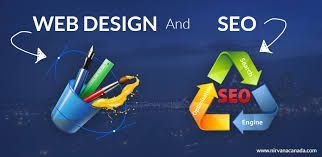Mastering the Art of SEO and Ad Buying: A Structured Approach for Marketers
Understanding the Basics of SEO and Ad Buying
In today's digital world, mastering the art of SEO and ad buying is essential for marketers looking to stay ahead of the competition. With the ever-increasing reliance on search engines and advertising platforms, understanding the basics and developing a structured approach is crucial. In this article, we will explore the key elements of SEO and ad buying, uncover strategies for success, and examine how to measure their effectiveness.
Before diving into the intricacies of SEO and ad buying, it is important to grasp the fundamentals. Let's start by answering the question: what is SEO and why is it important?
What is SEO and Why is it Important?
SEO, or Search Engine Optimization, refers to the process of optimizing a website's visibility on search engine results pages (SERPs). By using a combination of on-page and off-page techniques, marketers can improve their website's ranking in organic search results.
Having a strong SEO strategy is vital for marketers because the higher your website ranks on SERPs, the more visible it becomes to potential customers. Increased visibility leads to higher traffic, more qualified leads, and ultimately, greater sales.
The Fundamentals of Ad Buying
Ad buying, also known as online advertising, involves purchasing ad space on various digital platforms to reach a target audience. Unlike SEO, which relies on organic visibility, ad buying allows marketers to have immediate control over their ad placements.
Successful ad buying requires identifying your target audience, selecting the appropriate platforms, and effectively managing your ad budget. By strategically placing ads where your target audience is most likely to see them, you increase the likelihood of conversions and maximize your return on investment (ROI).
Developing a Structured Approach to SEO
Now that you have a solid understanding of the basics, let's delve into the steps involved in developing a structured SEO approach.
Keyword Research and Optimization
Keyword research is the cornerstone of any successful SEO strategy. By identifying the keywords your target audience is using to search for products or services, you can optimize your website's content to align with their search intent.
Effective keyword optimization involves incorporating relevant keywords into your website's meta tags, headings, content, and URLs. Striking the right balance between keyword usage and high-quality content is key to achieving optimal SEO results.
On-Page and Off-Page SEO Techniques
On-page SEO techniques involve optimizing the various elements "on" your website, such as meta descriptions, title tags, and header tags. These optimizations help search engines understand the relevance and value of your content, improving your chances of ranking higher on SERPs.
Off-page SEO techniques, on the other hand, focus on factors outside of your website that can influence its visibility. This includes building high-quality backlinks from reputable websites, participating in guest blogging, and engaging with social media communities.
Monitoring and Adjusting SEO Strategies
SEO is an ongoing process that requires regular monitoring and adjustments. By tracking the performance of your targeted keywords, conducting periodic site audits, and analyzing user behavior, you can refine your SEO strategies for optimal results.
Staying up-to-date with industry trends, algorithm updates, and competitors' SEO efforts is crucial for maintaining a competitive edge in the ever-evolving digital landscape.
Building a Successful Ad Buying Strategy
Now that you have a solid foundation in SEO, let's explore how to build a successful ad buying strategy.
Identifying Your Target Audience
Knowing your target audience is essential for effectively allocating your ad budget. By understanding their demographics, interests, and behaviors, you can tailor your ad placements to reach the right people at the right time.
Utilize tools such as audience insights, customer surveys, and social media analytics to gather data and develop a comprehensive understanding of your target audience.
Choosing the Right Platforms for Ad Buying
With a multitude of digital advertising platforms available, it is crucial to choose the ones that align with your target audience and marketing goals. Whether it's search engine advertising, social media ads, or display advertising, consider the platforms that will provide the greatest reach and alignment with your target audience.
Setting and Managing Your Ad Budget
Effective ad buying involves setting a realistic budget and managing it efficiently. Establishing clear goals, considering the cost per click (CPC) or cost per thousand impressions (CPM) of your chosen platforms, and constantly monitoring your ad spend ensures that you allocate your budget wisely.
Regularly analyze ad performance metrics, such as click-through rates (CTR), conversion rates, and return on ad spend (ROAS), to optimize your campaigns and achieve the best possible results.
Integrating SEO and Ad Buying for Maximum Impact
While SEO and ad buying are distinct strategies, they work best when integrated for maximum impact.
The Synergy Between SEO and Ad Buying
By combining the power of organic search results with targeted paid advertising, you can increase your website's visibility exponentially. SEO establishes a solid foundation for long-term organic growth, while ad buying provides immediate visibility to complement your organic efforts.
When strategically integrated, the synergy between SEO and ad buying leads to improved brand awareness, increased website traffic, and higher conversions.
Balancing Organic and Paid Strategies
Finding the right balance between organic and paid strategies is crucial to maximizing your marketing efforts. While organic SEO provides sustainable long-term growth, paid advertising can deliver quick results for time-sensitive campaigns or when targeting highly competitive keywords.
Regularly monitor the performance of your organic and paid efforts, adjusting your strategies as needed to achieve the optimal balance for your marketing goals.
Measuring Success in SEO and Ad Buying
Now that you have implemented your SEO and ad buying strategies, it's time to measure their effectiveness.
Key Performance Indicators for SEO
Measuring the success of your SEO efforts involves tracking key performance indicators (KPIs) such as organic traffic, keyword rankings, bounce rate, and conversion rate. By regularly monitoring these metrics, you can identify areas for improvement, optimize your strategy, and achieve better results over time.
Evaluating Ad Buying Effectiveness
To evaluate the effectiveness of your ad buying campaigns, track metrics such as click-through rate (CTR), conversion rate, cost per acquisition (CPA), and return on ad spend (ROAS). These metrics provide insights into the performance and return on investment (ROI) of your ad buying efforts.
Continuously analyze the data and make data-driven adjustments to your campaigns to maximize their effectiveness and ultimately achieve your marketing objectives.
In conclusion, mastering the art of SEO and ad buying is essential for marketers looking to maximize their online visibility and reach their target audience effectively. By understanding the basics, developing a structured approach, and integrating SEO and ad buying strategies, marketers can achieve optimal results. Remember to constantly monitor and adjust your strategies, measure their effectiveness, and stay informed about the latest trends and best practices. With a well-rounded approach and a commitment to continuous improvement, you can truly master the art of SEO and ad buying in today's competitive digital landscape.










